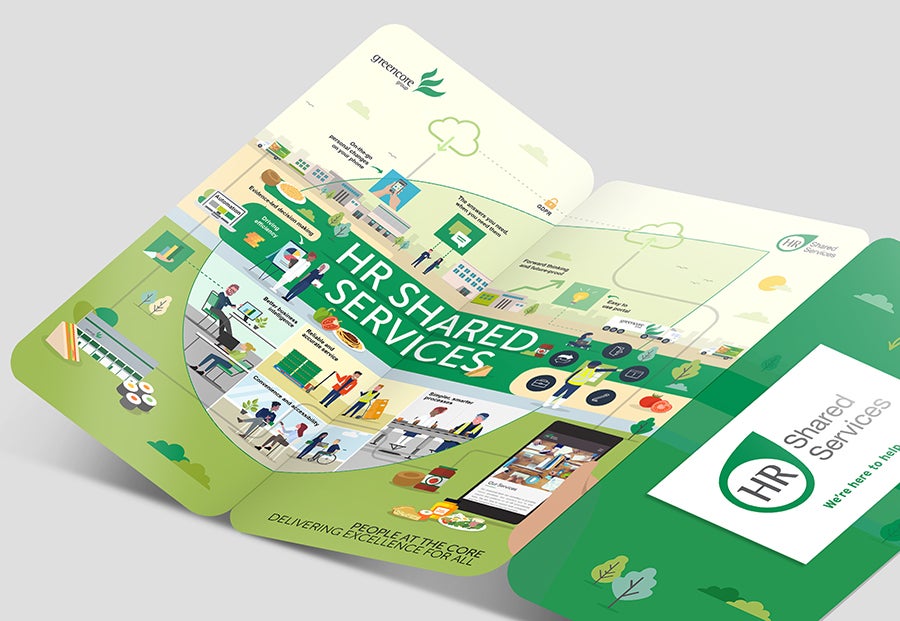The importance of internal communications
Communicating with staff is as important in a small business as it is in a large multi-national organisation. Some organisations have set objectives around internal communications and employee engagement, however so often internal communication gets overlooked. Staff are the most important asset in any business and communicating effectively with them should be a core part of business strategy; regularly, relevantly and two-way.
According to The Institute of Internal Communication, the most significant factor in maximising the potential of employees is communication. If employees understand the organisational vision and goals and how they contribute to those it encourages collaborative working and helps people feel valued which in turn supports maximising productivity.
Regular sharing of company news and information has a very positive impact on the reputation of an organisation which originates from the most reliable source: the inside. These businesses are seen as transparent, trustworthy companies that care about their staff.
Where communication is two-way with feedback actively encouraged, and most importantly used to make positive changes, it allows organisations to better understand their workforce and gain trust which in turn makes influencing and changing behaviour a much smoother process.

Communication considerations
The issues important to an organisation and the best way to disseminate that information to staff will be influenced by a number of factors including industry type, organisation size, employee demographics, as well as cost and resource availability.
A crucial consideration in any comms activity is understanding your audience and it’s no different when talking to your staff. Job roles, length of service, age and education will influence people’s understanding of the business so you need to consider what and how you are communicating, i.e is the platform you are using appropriate and is the language, tone and level of detail balanced?
The size and structure of an organisation will impact the communications needs and specific considerations. For example, delivery of a comms campaign across a business with multiple international sites will need to be sympathetic to different cultures and languages; British Steel’s communications are often printed in multiple languages.
Email inboxes are often cluttered so this may not always be the most effective platform to communicate with your organisation; social intranet software may help your messages stand out however accessibility should be a key factor when selecting communication channels. In industries where not all employees have access to digital communications as part of their job role, an offline platform may be more suitable; both British Steel and Lincolnshire Co-op produce printed publications for that very reason.
The most important factor is creating a culture of open communication; creating and delivering communications that your employees engage with, that promote your brand and make people feel proud to be an employee of your organisation. We now work with LNER to produce their quarterly employee magazine, On Track, sent out to 5,000 staff, which includes company updates, future plans, work in the community and company performance; all issues that matter to their employees. This is a powerful platform through which to reinforce transparency.

The management of internal communications may be more obvious in larger organisations and often falls under the remit of the HR department. However, HR and marketing should work together to develop an integrated comms plan and where possible utilise the structure of marketing campaigns to maximise impact, measure success, gather feedback and tweak accordingly.
Internal communication is not just a luxury afforded by larger businesses with dedicated teams and budgets. Work with whatever budget is available and boost impact by utilising personalisation, involving employees in the process, reinforcing a positive and transparent culture and empowering your employees through communication. Developing and reinforcing your brand internally is equally as important as all your external activities. The best ambassadors you could ever have for your brand are the people who work for you.
What we do
We work with many of our clients on their internal communications strategy, together with managing the design, production and delivery of internal marketing campaigns across their organisations.
From the development and roll-out of the new British Steel brand to their 4,000 employees across the UK and Europe to re-engage and galvanise the workforce following a period of turbulence and uncertainty; the design, print and distribution of the staff awards event collateral for Moorfields Eye Hospital; the internal signage for British Canoeing to reinforce their organisational values and culture; the creative and campaign deliverables for the relaunch of leading convenience food producer Greencore’s HR Shared Services to help achieve their objectives around employee engagement; right through to the design and print of Lincolnshire Co-op’s staff magazine, The Linc.

To find out more about how we could work with you to help develop and deliver your organisation’s internal communications please get in touch


